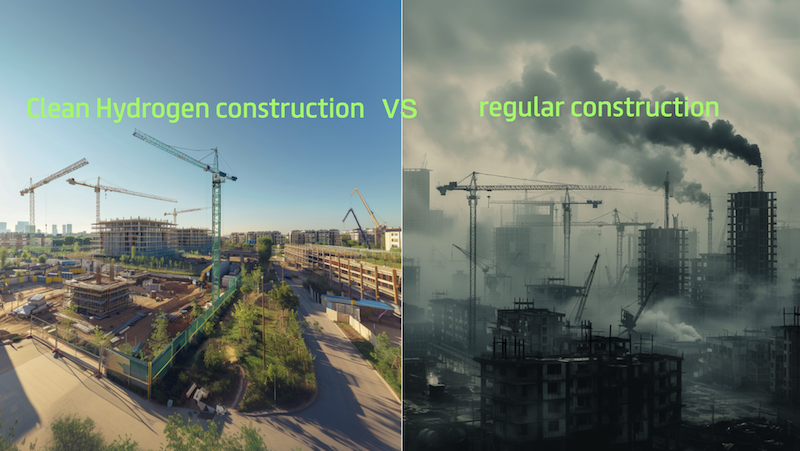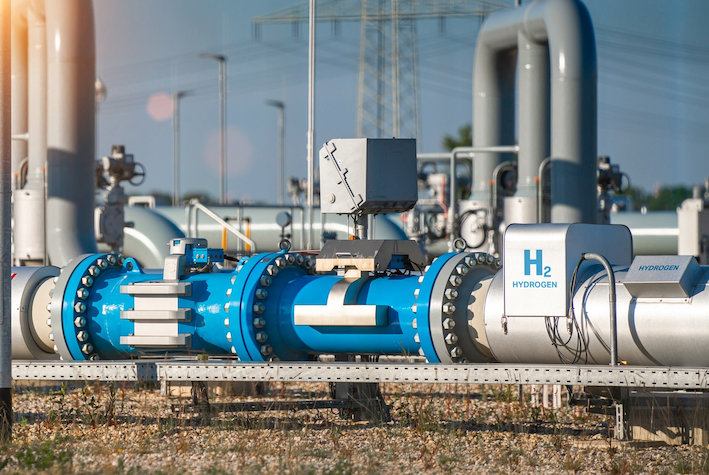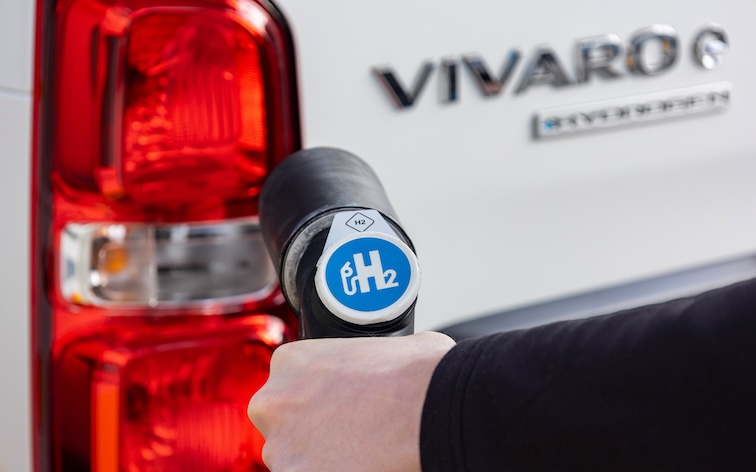The UK government has confirmed that hydrogen will play a key role in its plans to decarbonise the economy as it revealed its Net Zero Strategy.
Initiatives announced on Oct. 19 include setting up the Industrial Decarbonisation and Hydrogen Revenue Support (IDHRS) scheme to fund new hydrogen and industrial carbon capture business models. The scheme will receive up to £140 million, including up to £100 million for as much as 250 MW of hydrogen electrolysis production capacity in 2023 with more to be allocated in 2024.
The government also announced two carbon capture and storage schemes – central to the development of blue hydrogen capacity – in the northeast and northwest of England will be fast-tracked with the aim of getting the technology ready for commercial deployment at scale by the middle of the decade.
The East Coast Cluster near Hull and Middlesbrough is backed by companies including BP, Drax, Equinor and SSE, and claims it will be able to capture 50% of the UK’s industrial carbon emissions and store them in disused oil and gas fields in the North Sea. The HyNet project in Liverpool Bay, set up by Eni and Progressive Energy, also received government backing.
A third project on Scotland’s east coast, which includes the Acorn carbon capture scheme north of Aberdeen backed by Shell, ExxonMobil, INEOS and Petrofac, was designated as a reserve cluster that could receive government funding if one of the other two doesn’t go ahead.
The UK’s hydrogen industry could also benefit from funds being made available to give mobility a makeover, including an extra £350 million to support electrification of UK vehicles and £650 million for targeted electric vehicle grants and infrastructure for zero-emissions vehicles.
The policy document lays out hydrogen’s potential role in large swathes of the economy, including long-duration energy storage, power generation, heating, and transport.
The size of hydrogen’s role in the economy depends on a number of factors, the largest of which is whether it is deemed suitable for heating. The government is due to make a decision on the issue by 2026 after studying its feasibility through a neighbourhood trial by 2023 and a village-scale trial by 2025.
The Net Zero Strategy presents three scenarios for the route to net zero by 2050, the first of which sees 240 TWh of low carbon hydrogen production. The second sees hydrogen being used more widely in decarbonising buildings, power, and heavy vehicles with production rising to 500 TWh. A third scenario envisions about 330 TWh of low carbon hydrogen production by 2050.
The UK Hydrogen Taskforce expressed its support of the government’s net zero strategy.
“We welcome the recognition in the strategy that hydrogen will play an essential role in a low carbon future for key sectors like transport and industry under any scenario,” said Clare Jackson, co-lead on the Hydrogen Taskforce Secretariat, and Head of Innovation – Low Carbon at Gemserv.
To learn more about Ryze Hydrogen click here.






